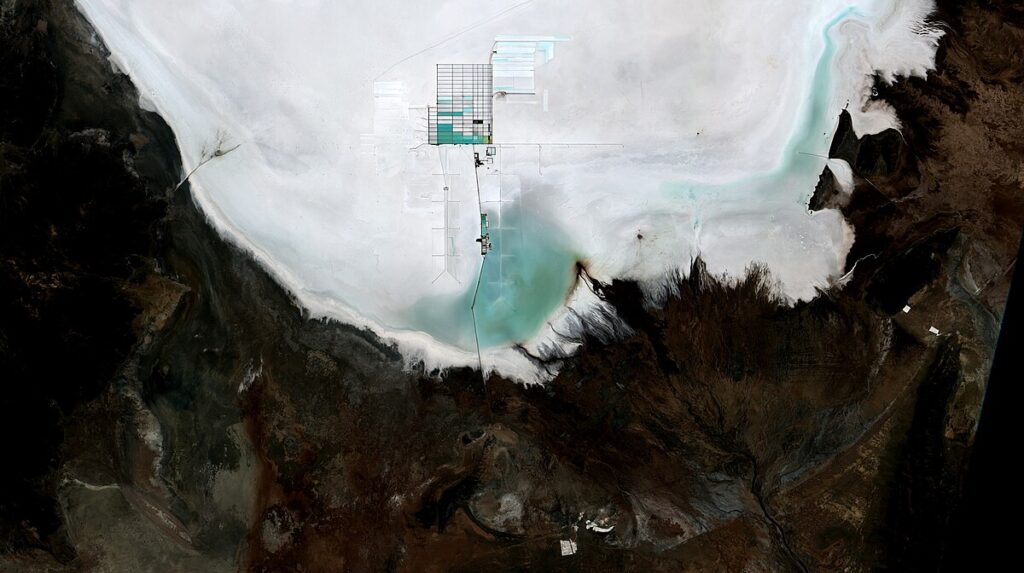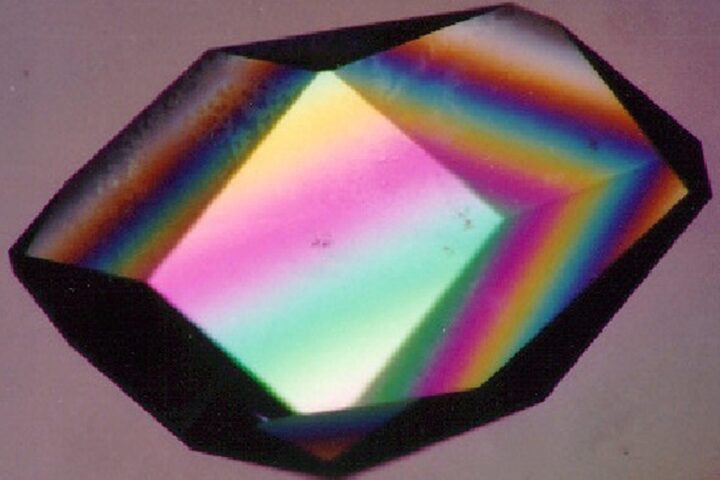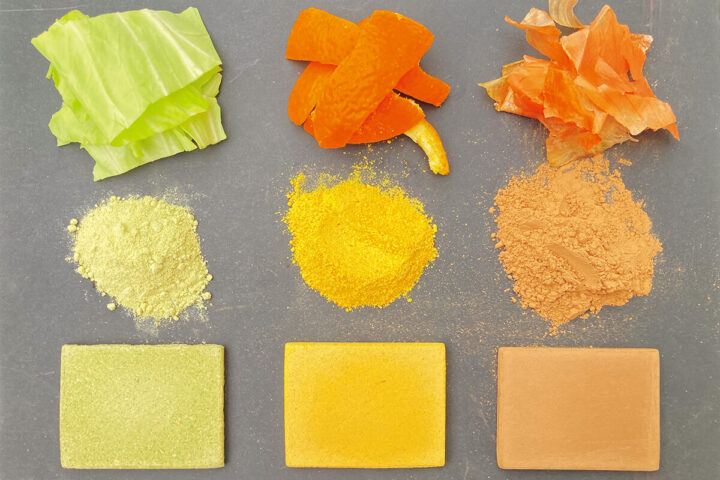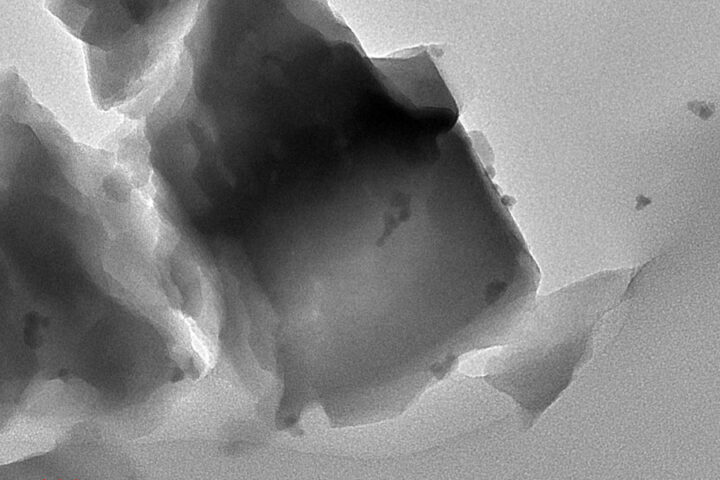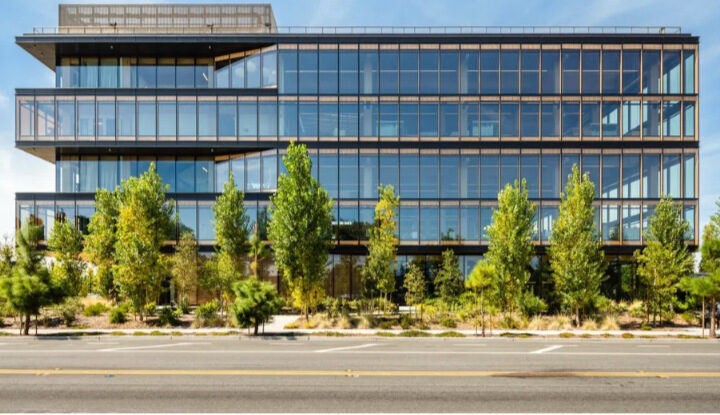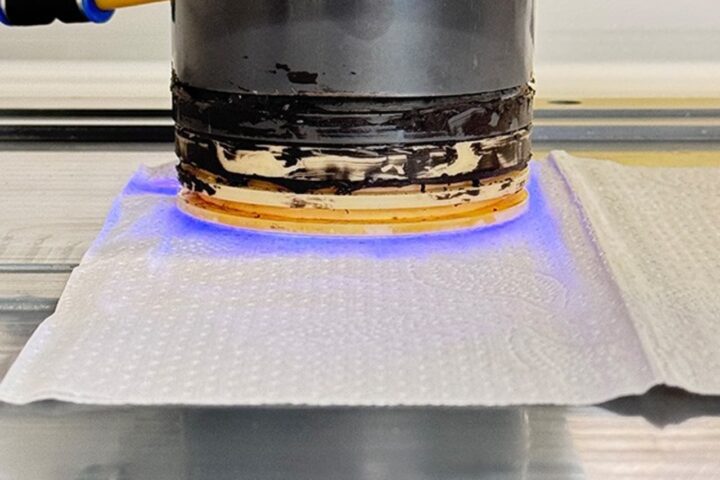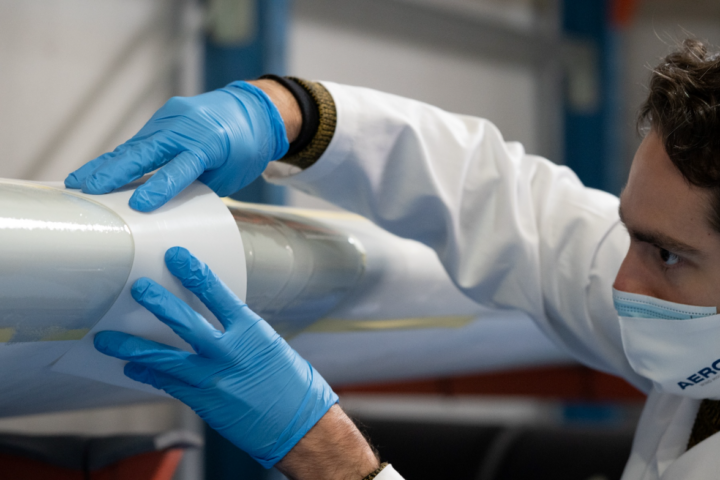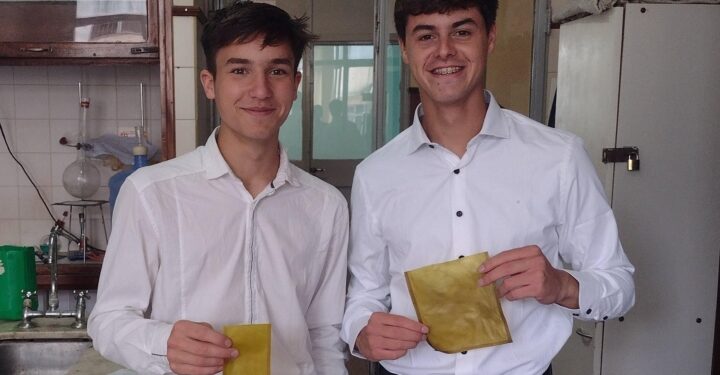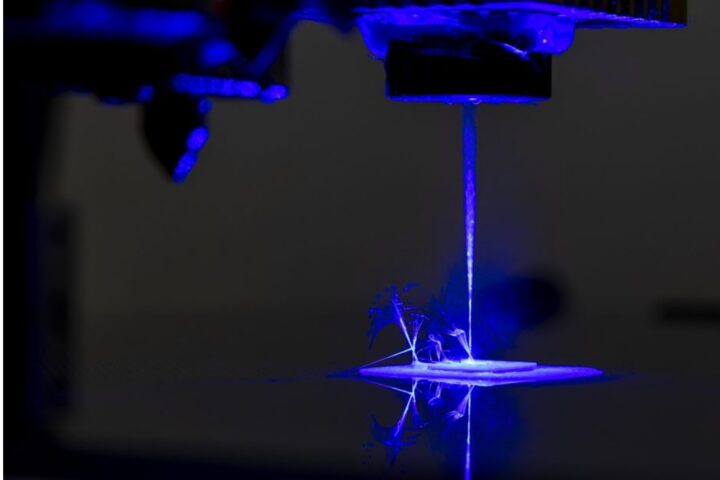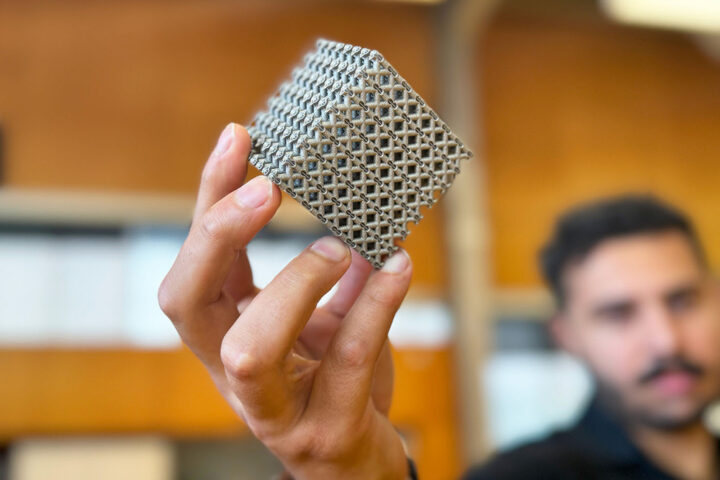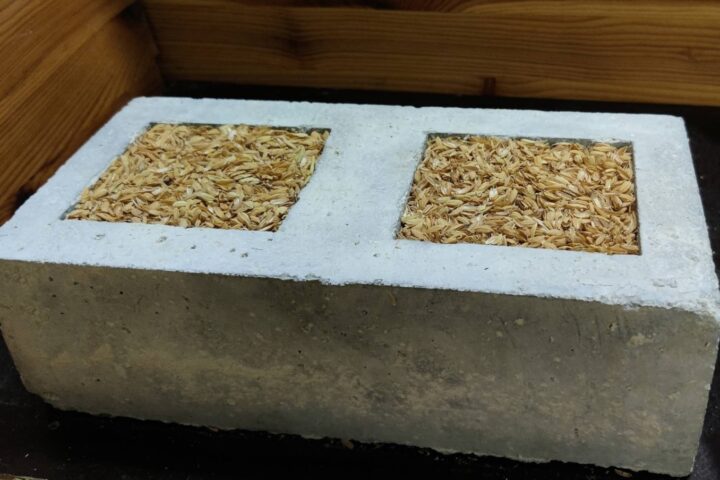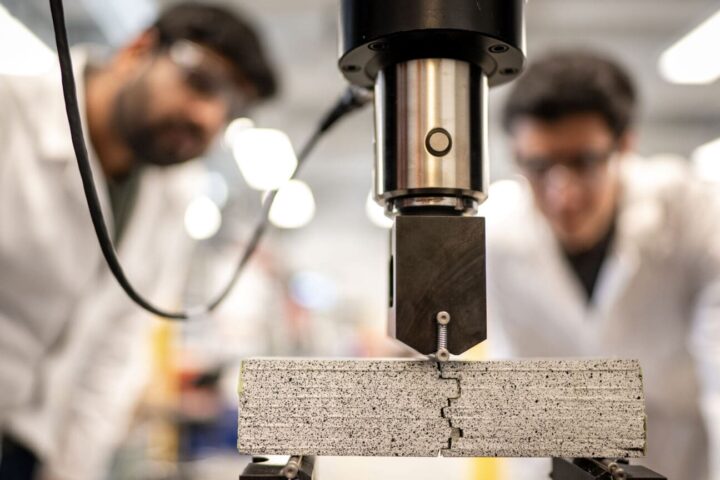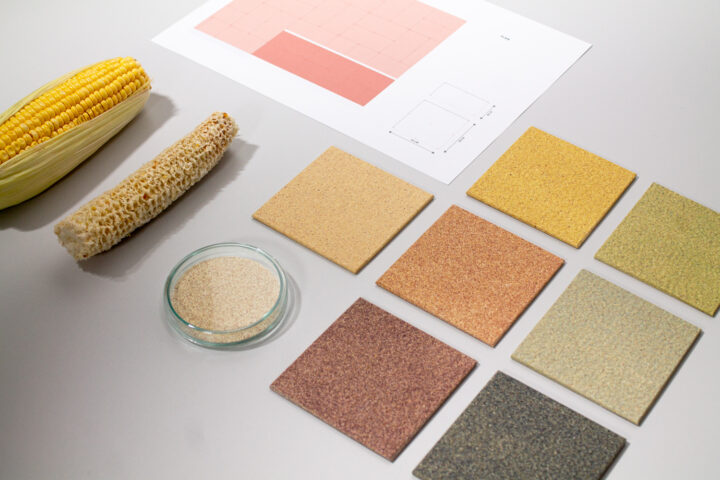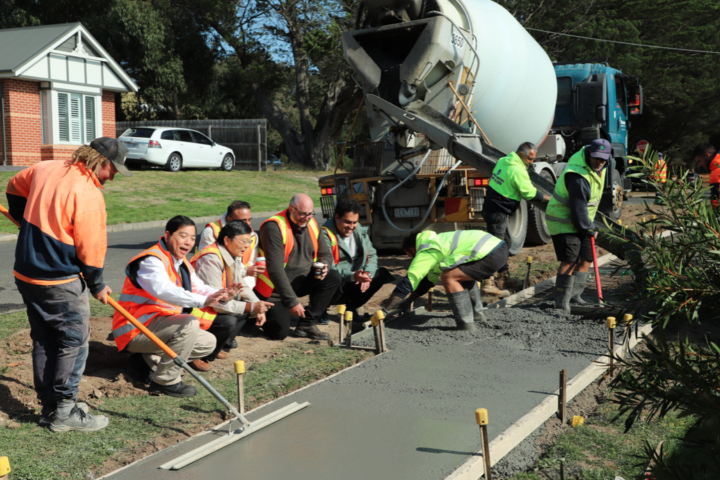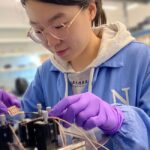In 2015, Dr. David Stone, a former PhD student at the University of Arizona, formulated a way to make a cement substitute using waste steel dust, which becomes hard when it reacts with carbon dioxide and offers greater durability than traditional cement. This invention was known as “Ferrock,” which proved to be a game changer in the field of sustainable building materials. Steel dust waste and silica are its core contents, both of which are byproducts of the steel silicon industry, respectively. Dr. Stone, in collaboration with the University of Arizona, has formed Iron Shell LLC to commercialize his invention.
Iron Shell is primarily based in Tucson, in the United States, but Dr. Stone has ventured into India for the further advancement of Ferrock’s commercial use. Along with the Concrete Laboratory of the School of Civil Engineering at VIT Chennai, a partnership led by Dr. Shannugasundaram M, Dr. Karthiyaini S, and Dr. David Stone’s Iron Shell LLC will pave the way for the future of Ferrock’s adaptation and utilization. “I recently spent 3 months in Chennai where I worked at the Vellore Institute of Technology on more Ferrock R&D.,” Dr. Stone told Karmactive in an email.
Ferrock is now regarded as a sustainable building material because it is 95% made from recycled materials, which makes it feasible and viable too. It was initially invented in the early 2000s, all by accident in a lab. Dr. David Stone, while investigating ways to prevent iron from rusting, accidentally created Ferrock. Ferrock and Concrete have similar applications; however, Ferrock has been found to be five times stronger than concrete. Dr. Stone said, “That was back in 2002 and I included as much as I knew in my doctoral dissertation. But the work goes on. It has taken years to get just a basic understanding of the chemistry involved.” Dr. Stone even made a ‘green’ greenhouse whose primary component was Ferrock.
Ferrock is CO2 negative, which means it absorbs CO2, eventually making it stronger. “The technology stands to impact the world in a variety of ways, including both the reduction of carbon dioxide production and sequestration of other carbon dioxide production, as well as recycling of waste products such as steel waste and, in some cases, recycled glass. For all that, this represents an amazing engineering achievement that has the potential to create a great, positive impact on the environment,” said Doug Hockstad, Tech Launch Arizona’s Director of Tech Transfer. In addition, Ferrock has some flexibility, which allows it to withstand more pressure without cracking.
Similar Posts
“It seems that India is a better place for the commercialization of Ferrock for several reasons,” stated Dr. Stone. “It is hard to imagine how Ferrock could reach large scale production without support from the iron and steel industry. The main ingredient is steel dust, and they are the only source of it,” the inventor told Karmactive. India is the second-largest producer of steel in the world and the fourth-largest iron producer. That explains India’s favorable environment and the availability of raw materials required to nurture Ferrock’s future progress.

